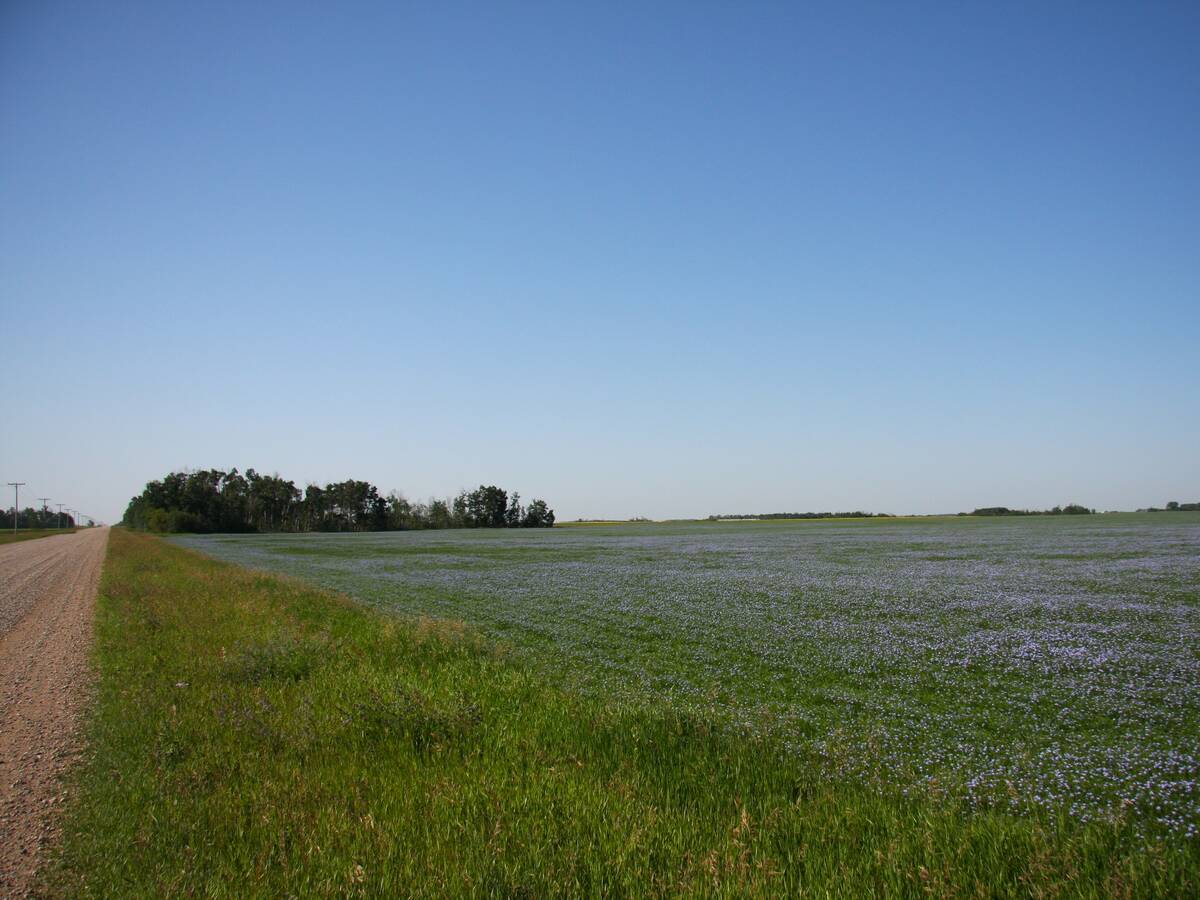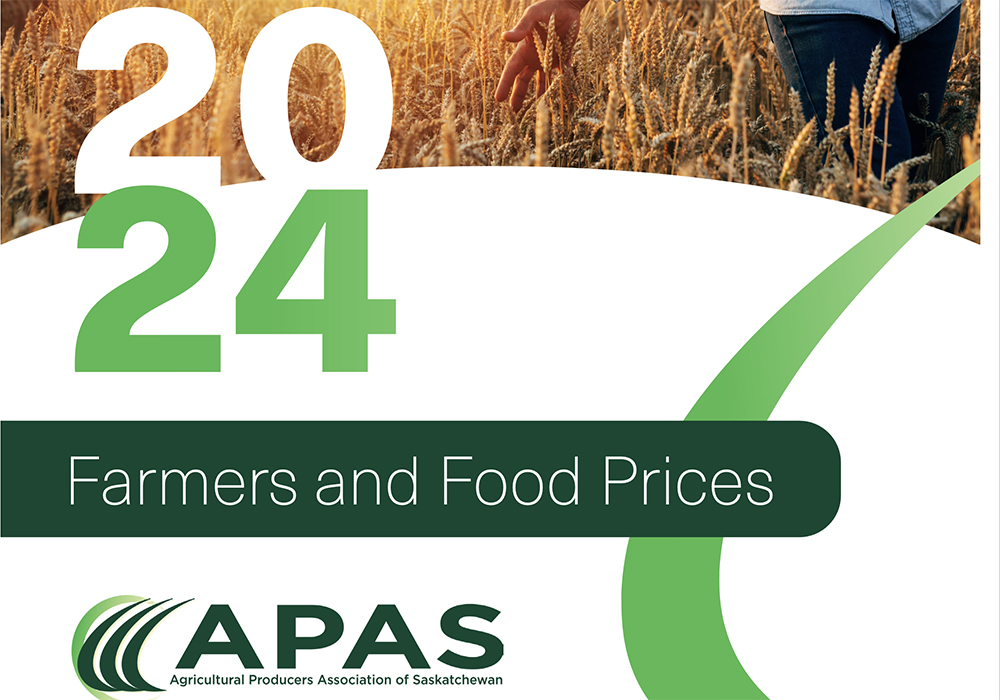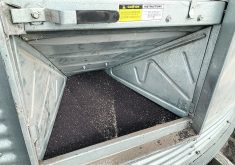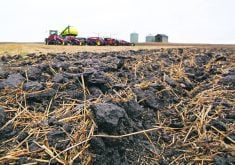REGINA — A new report from the Agricultural Producers Association of Saskatchewan highlights the increasing discrepancy between what farmers get for their products and retail food costs.
The 2024 Farmers and Food Prices report found prices for commodities like canola, wheat, lentils, barley and hogs dropped between five and 16 per cent from 2022 to 2023.
It used data from Statistics Canada, the United States Department of Agriculture and market analyst Kevin Grier.
Read Also

Farmland advisory committee created in Saskatchewan
The Saskatchewan government has created the Farm Land Ownership Advisory Committee to address farmer concerns and gain feedback about the issues.
The report noted that the retail price jump in margarine was 21 per cent and beer prices rose 19 per cent.
The share of retail costs that farmers received for bread fell by 20 percent and for beer, 28 percent.
“The disparity between the farmers’ portion and retail prices highlights a broken system that fails both producers and consumers,” said APAS president Ian Boxall. “This report underscores the critical need for a more transparent and equitable food supply chain that fairly compensates producers while also ensuring affordability for Canadians.”
The federal standing committee on agriculture’s recent report on food prices said much the same thing.
Boxall said the public outcry about food prices is a wake-up call to the need for a more competitive grocery market and a system that supports producers and consumers.
Contact karen.briere@producer.com
















